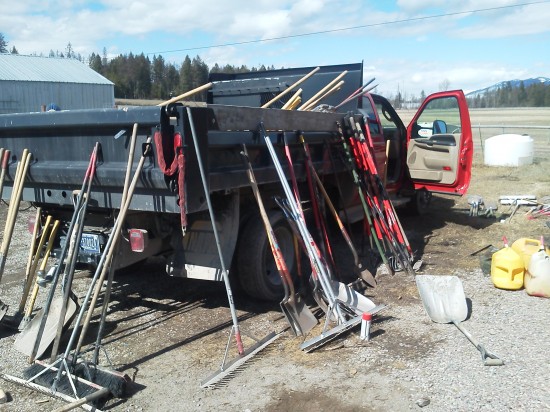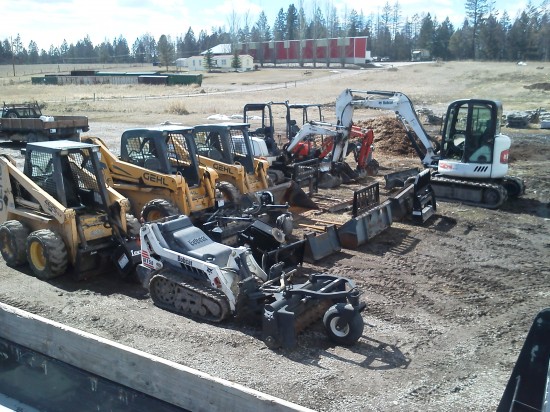The tree trunks, roots, and branches are composed of xylem and phloem that move nutrients and water. The xylem transports water and soluble mineral nutrients from the roots throughout the plant. It is also used to replace water lost during transpiration and photosynthesis. Xylem sap consists mainly of water and inorganic ions, although it can contain a number of organic chemicals as well. Two phenomena cause xylem sap to flow. The first and most important cause of xylem sap flow is the evaporation of water from the surfaces cells to the atmosphere. This transpiration causes millions of minute cells to form at the outer part of the trunk wall. The resulting surface tension causes a negative pressure or tension in the xylem that pulls the water from the roots and soil. Second is root pressure. If the water potential of the root cells is more negative than that of the soil, usually due to high concentrations of solute, water can move by osmosis into the root from the soil. This causes a positive pressure that forces sap up the xylem towards the leaves. Root pressure is highest in the morning hours. Different plant species can have different root pressures even in a similar environment. Unlike xylem (which is composed primarily of dead wood cells), the phloem is composed of still-living cells that transport sap. The sap is a water-based solution, but rich in sugars made by the photosynthetic areas. These sugars are transported to non-photosynthetic parts of the plant, such as the roots, or into storage structures. The bark and cambium(cork like) protect the xyleom and phloem layers of the trees.









